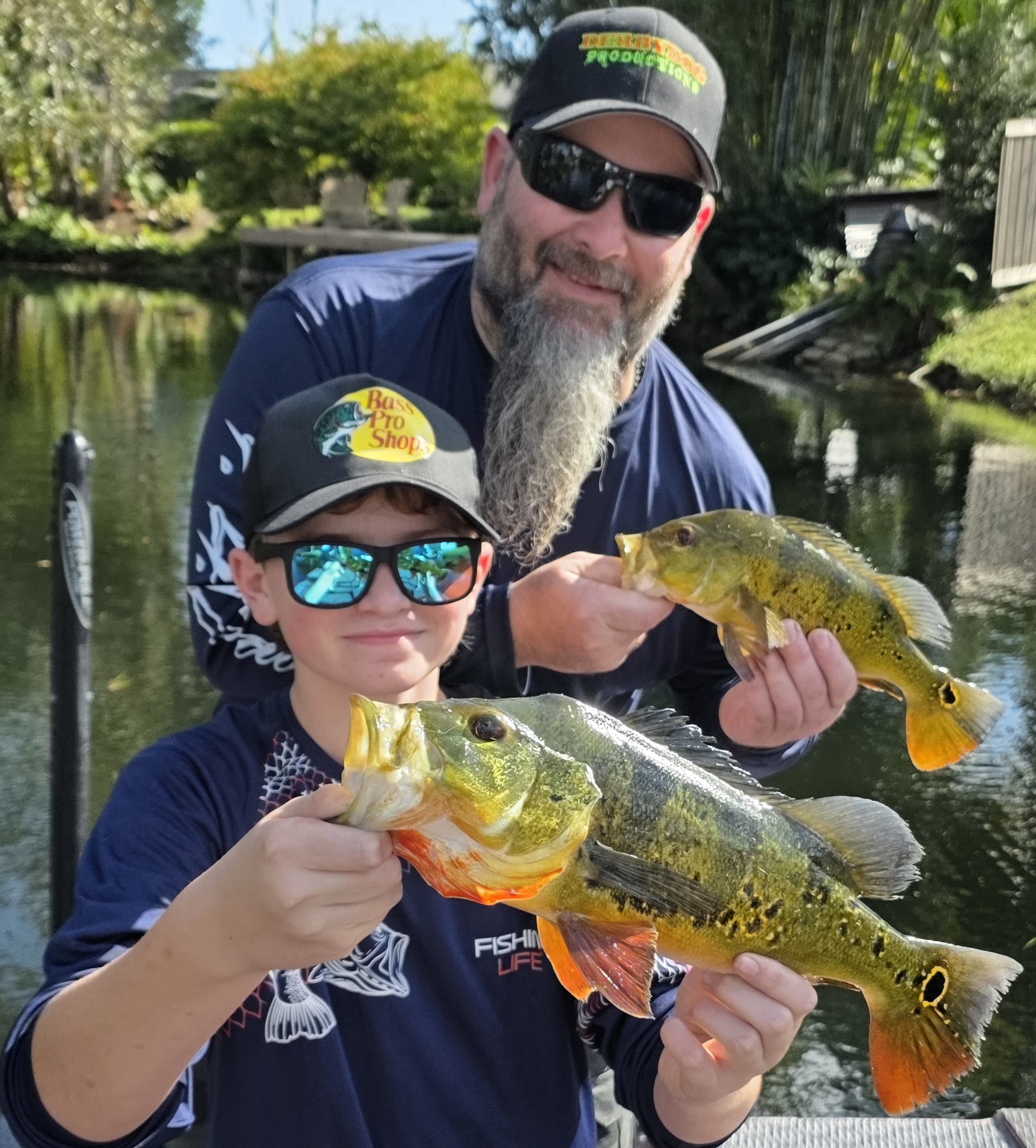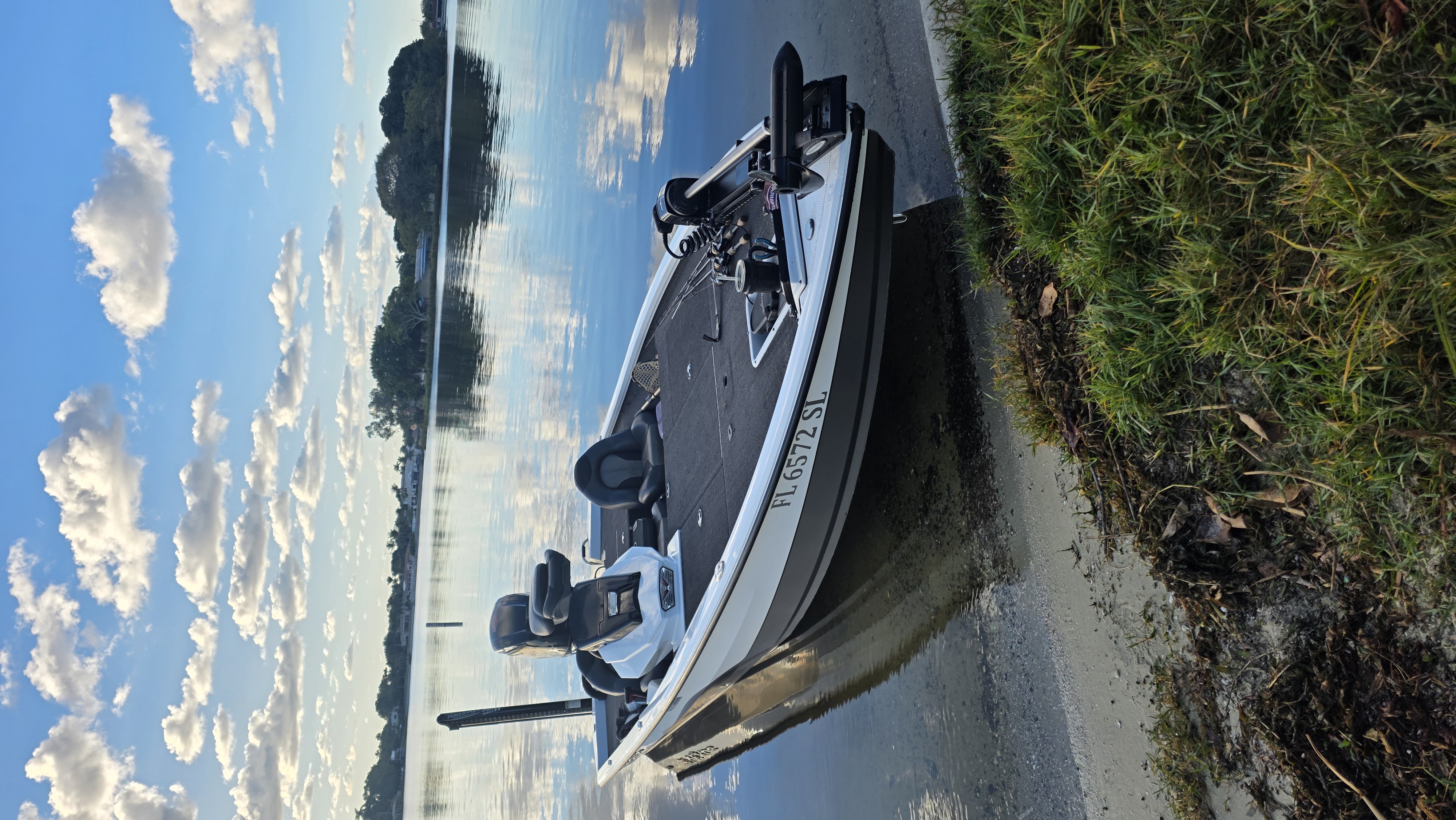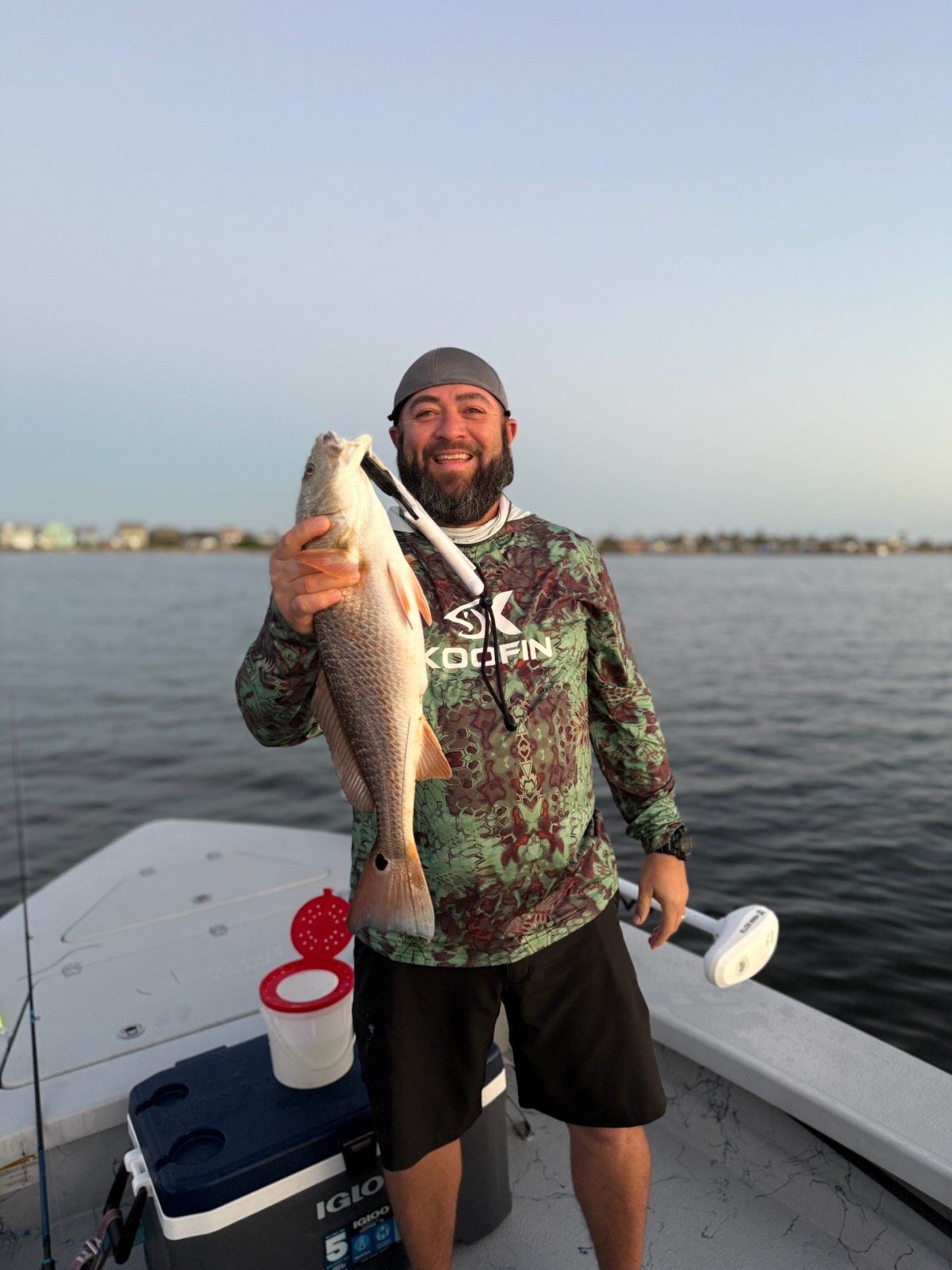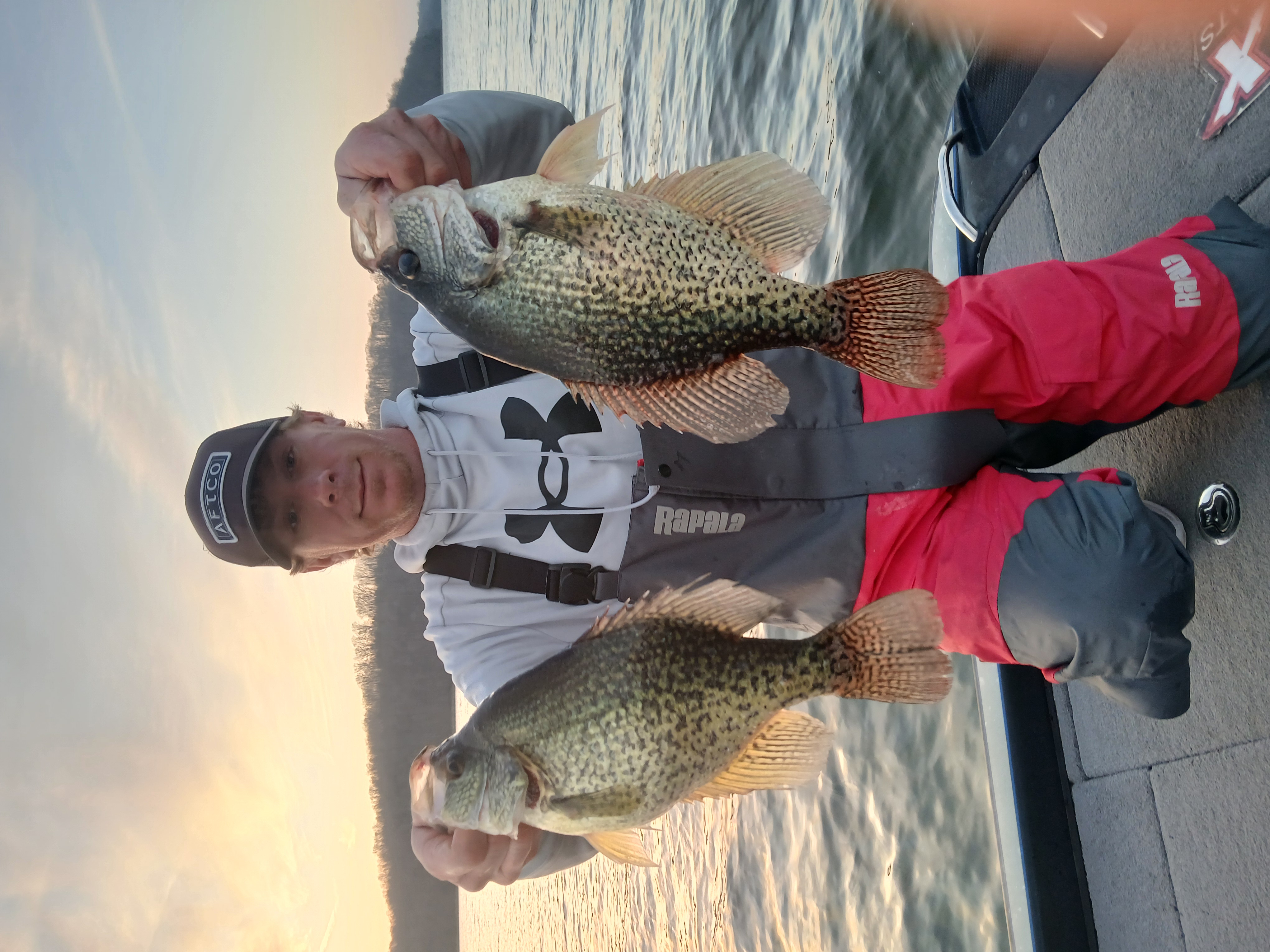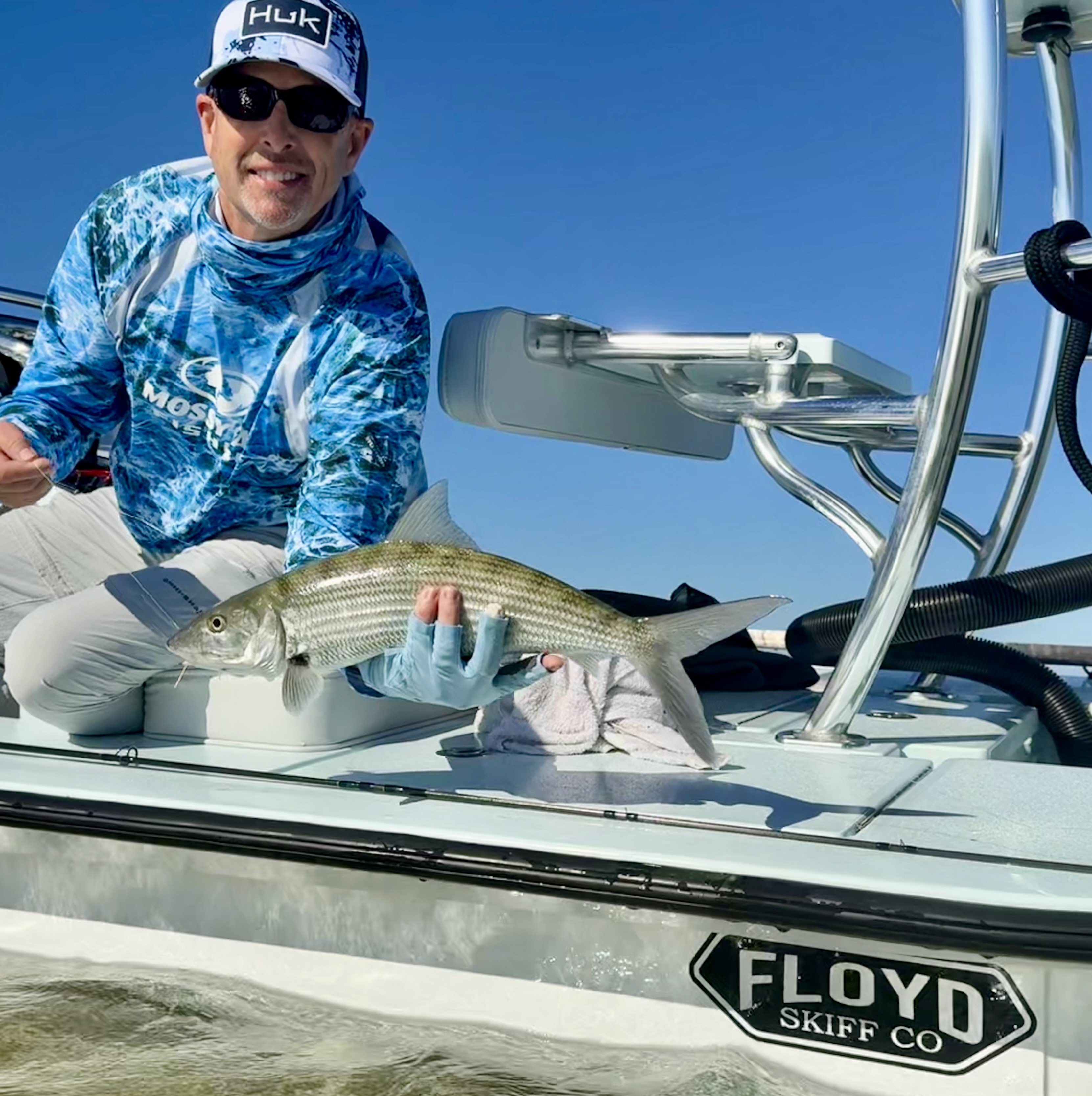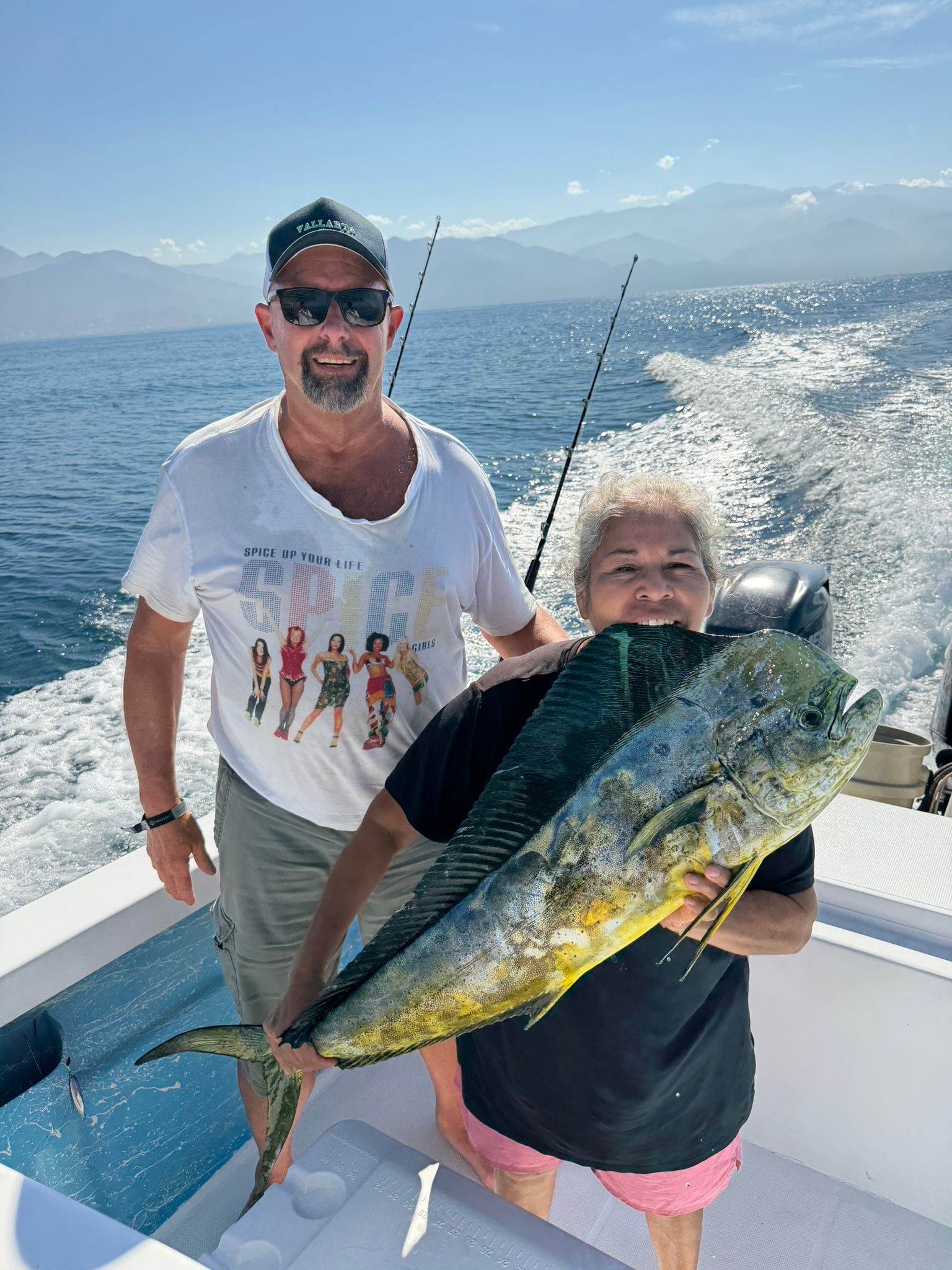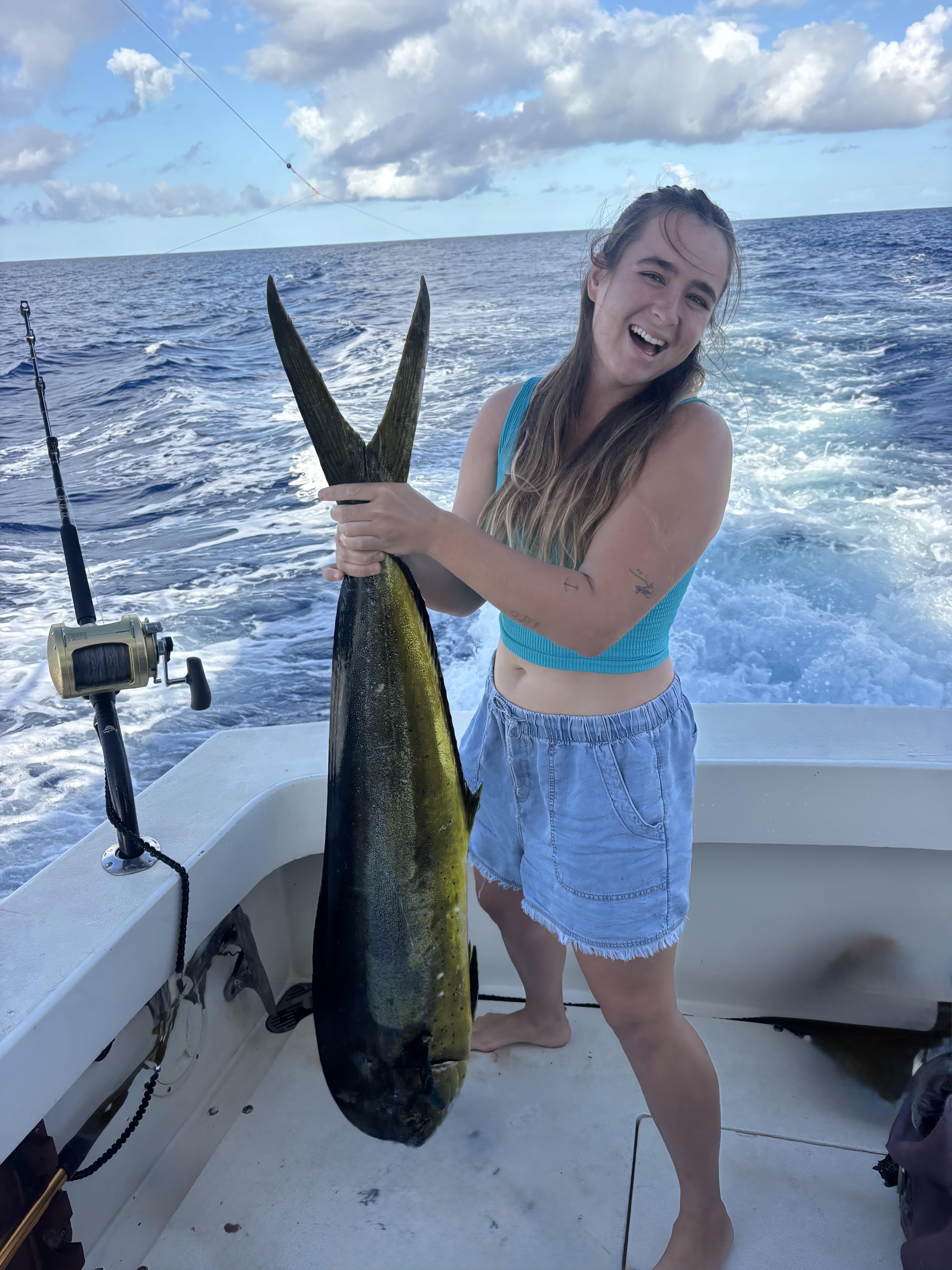Miami Peacock (4-8HR)
Lake Ida (4-8HR)
Inshore Fishing in Corpus Christi
Hook, Line & Memories Fishing Trip
Normandy Livescope Crappie Trip
Inshore, Nearshore Fishing in Orange Beach
Spring Break 6 Hour Special Rate
Inshore Fishing Sanibel PineIsland
Inshore, Flats Fishing in Key West
4-8 Hour Inshore Fishing Trip
Inshore, Deep Sea Fishing in Puerto Vallarta
31 Ft Grady White Half Day
Deep Sea Fishing in Kailua-Kona
Half Day Charter 4 Hours
Deep Sea Fishing in Puerto Vallarta
31 Ft Grady White Deep Sea Fishing
We started Captain Experiences to make it easy to book fishing and hunting guides around the world. With over 2,000 Damn Good Guides, our platform makes finding and booking a trip seamless. Head here to check out our trips.
Sight casting is one of the most exhilarating fishing techniques there is. It can be a little daunting for beginners, but with proper form and technique, anyone can be successful at it. In this blog post, we will teach you everything you need to know about sight casting so you can start landing fish left and right!
All About Sight Casting
Sight casting is all about using your eyes to locate fish, and then casting your lure or bait directly in front of them. This technique is extremely effective for a number of reasons. First, fish are constantly on the move which can make them hard to locate but with sight casting you know exactly where to cast. Second, you need to put your bait in front of the fish and this technique allows anglers to get multiple shots at each fish as it moves through the area. Lastly, fish are have keen senses and being able to see how a fish reacts to your bait allows you to make adjustments on the fly.

One of the great things about sight casting is that it can be done from just about anywhere - all you need is a clear line of sight to the fish. This makes it a great technique for fishing from shore, piers, and boats. And because you're targeting fish that you can see, it's also an incredibly exciting way to fish.
Setting You Up For Success
When sight casting, proper form and technique are key to success. First, you'll want to make sure you have the right equipment. A light spinning rod and reel combo is typically best for beginners. Light tackle is relatively easy to use and can still catch some pretty big fish. You'll also need a good quality monofilament or fluorocarbon line, as well as lures or bait that fish in your area are hitting.
When you see a fish that you want to target, cast your lure or bait past it and reel it back in slowly. The key is to keep your line tight so the fish doesn't see it coming. If done correctly, the fish will strike and you'll be able to set the hook and reel it in!
To have the best chance of getting a bite, you want to keep your rod tip up so you have a clear view of the fish. You also want to make sure that you are using the right amount of weight so your lure or bait sinks slowly and does not spook the fish. Lastly, you want to have a good backcast so you can cast your line accurately and with enough force.
One of the best tips we can give is to use live bait whenever possible. Fish are attracted to live bait because it smells like food, and they will be much more likely to bite if they think there's a meal waiting for them. Another great tip is to fish around areas with lots of cover, like logs or rocks. Fish love to hide in these areas, so by casting your line near them, you are increasing your chances of getting a bite.
There are many different fish species that are great for sight casting. Redfish, trout, bonefish, and tarpon are all popular options but almost any fish that swims near the surface can be targeted with this technique.
Milo Kashey
Updated on August 2, 2023

July 1, 2024

March 8, 2022

January 7, 2022

April 26, 2022

October 26, 2020
Related Articles
March 8, 2022
February 9, 2022
July 23, 2024
Featured Locations
- Fishing Charters Near Me
- Austin Fishing Guides
- Biloxi Fishing Charters
- Bradenton Fishing Charters
- Cabo San Lucas Fishing Charters
- Cancun Fishing Charters
- Cape Coral Fishing Charters
- Charleston Fishing Charters
- Clearwater Fishing Charters
- Corpus Christi Fishing Charters
- Crystal River Fishing Charters
- Dauphin Island Fishing Charters
- Daytona Beach Fishing Charters
- Destin Fishing Charters
- Fort Lauderdale Fishing Charters
- Fort Myers Fishing Charters
- Fort Walton Beach Fishing Charters
- Galveston Fishing Charters
- Gulf Shores Fishing Charters
- Hatteras Fishing Charters
- Hilton Head Fishing Charters
- Islamorada Fishing Charters
- Jacksonville Fishing Charters
- Jupiter Fishing Charters
- Key Largo Fishing Charters
- Key West Fishing Charters
- Kona Fishing Charters
- Lakeside Marblehead Fishing Charters
- Marathon Fishing Charters
- Marco Island Fishing Charters
- Miami Fishing Charters
- Montauk Fishing Charters
- Morehead City Fishing Charters
- Naples Fishing Charters
- New Orleans Fishing Charters
- New Smyrna Beach Fishing Charters
- Ocean City Fishing Charters
- Orange Beach Fishing Charters
- Panama City Beach Fishing Charters
- Pensacola Fishing Charters
- Pompano Beach Fishing Charters
- Port Aransas Fishing Charters
- Port Orange Fishing Charters
- Rockport Fishing Charters
- San Diego Fishing Charters
- San Juan Fishing Charters
- Sarasota Fishing Charters
- South Padre Island Fishing Charters
- St. Augustine Fishing Charters
- St. Petersburg Fishing Charters
- Tampa Fishing Charters
- Tarpon Springs Fishing Charters
- Venice Fishing Charters
- Virginia Beach Fishing Charters
- West Palm Beach Fishing Charters
- Wilmington Fishing Charters
- Wrightsville Beach Fishing Charters


